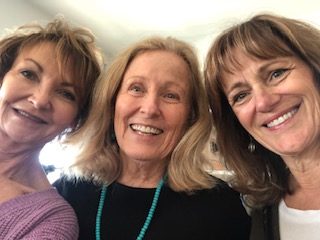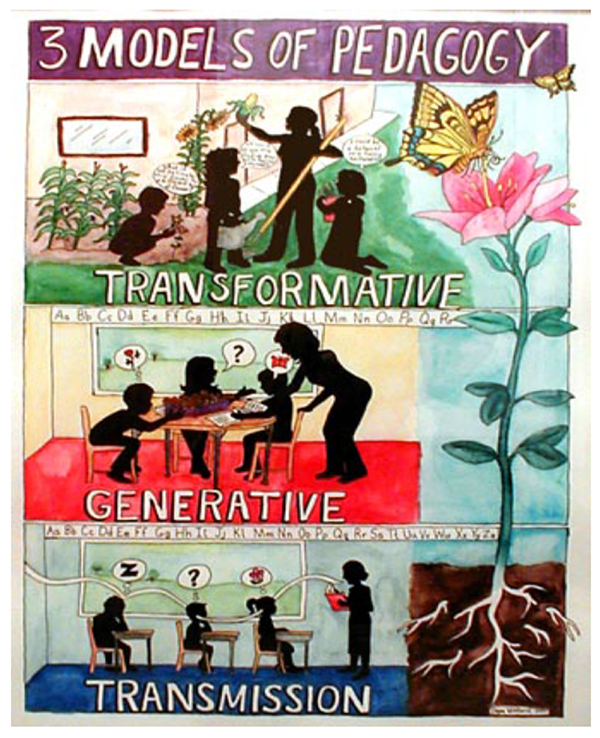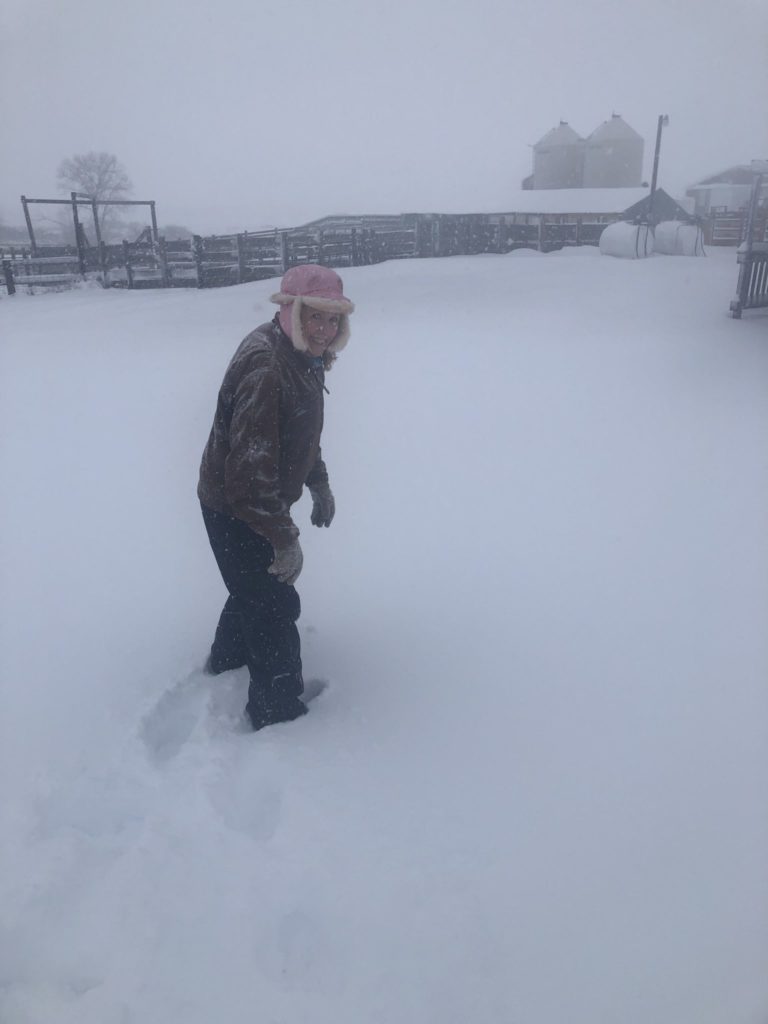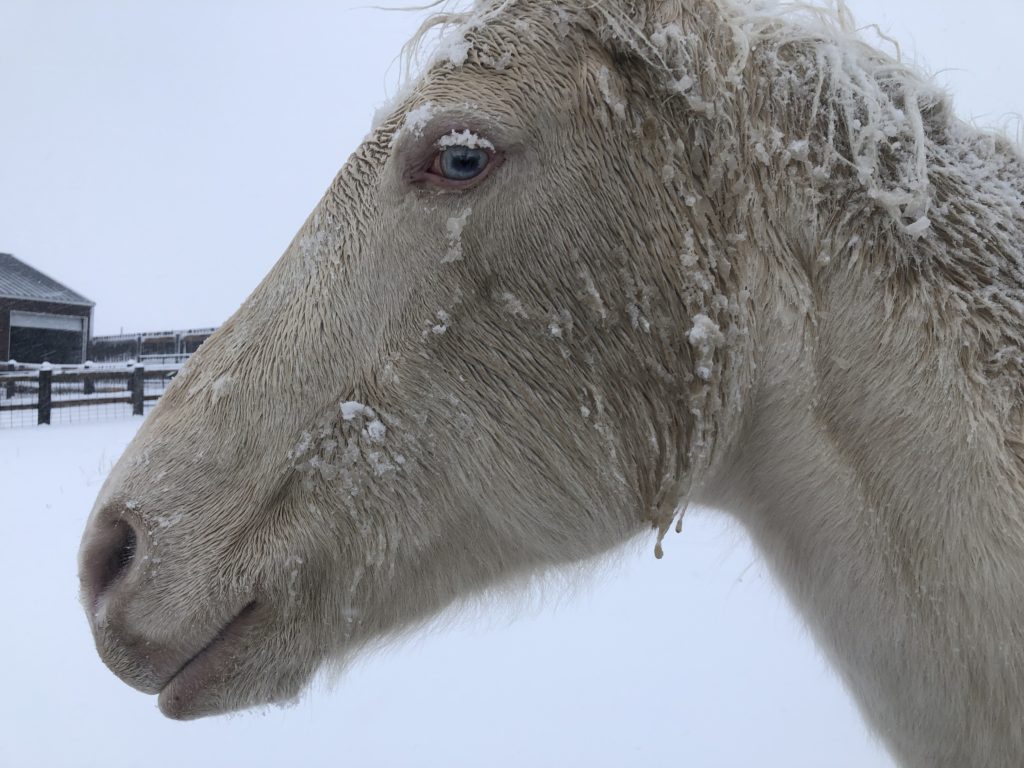Dear WinkWorld Readers,
In this issue of WinkWorld, I will introduce you to InfluentialSHE, and tell you the story of when they came to the ranch to interview me recently. I will also post a couple of ranch photos from the snowy prairies.
InfluentialSHE
Well, what’s not to love with a name like that? You can find them at their own website, all forms of social media, video, podcast, and more. Their goal is to enhance women’s influence in the world. As they say,
•they are a fresh voice in an old conversation;
•they are not another leadership thingy for chicks;
•they bring a sassy, dynamic way to being in the world;
•they are the go-to voice for accelerating women’s influence.
InfluentialSHE and me: Melody Schopp and Deb Soholt
Of course, I studied their webpages carefully before they arrived for the interview. I knew they wanted to ask me questions about the importance of storytelling. I reviewed several of my published stories and worried about which one would be best for them. Finally, I realized that I have the original water painting of “3 Models of Pedagogy” which a teacher credential student, Dayna, gave me as a gift. A-ha, I took the painting off of our bedroom wall and took it upstairs to tell them the story. Dayna was a graduate student in one of my classes, and she had read my book, Critical Pedagogy: Notes from the Real World. Above all, Dayna was an artist.
Click here for the original story.
Or, here is a fast summary.
Pedagogy means the interaction between teaching and learning; it is what happens in schools every day. Dayna was a terrific student who always came to class prepared, and she interacted well with her colleagues. I had no worries about her learning, but in the middle of the semester, I asked her to stay after class for a bit.
“Dayna, you are doing great work in our class,” I told her. “Just one concern: You have not turned in one written assignment yet.”
She looked me straight in the eye, did not miss a beat, and said, “Dr. Wink, you are the person who talks about always having “faith in the learner,” (credit to Bonnie and David Freeman).
Silence.
“Okay, Dayna, I’ll have faith in you,” I responded, hesitantly.
Several more weeks passed, and we were very close to the end of the semester. I was on high alert, as Dayna still had not turned in a written assignment. She continued to be an excellent student and demonstrated her learning in multiple ways every week.
Near the very end of the semester, she walked into class, and calmly asked, “Dr. Wink, do you mind if I talked with the class?”
“Please do,” I replied. She unfurled this large painted image, and said to the class.
“I believe this is what we are learning in this class. There are many ways to teach and learn, but many of us have experiences with these three ways. ” Dayna continued the story of her learning.
First, look at the bottom of the painting, Transmission model of pedagogy. We come from a long tradition of this approach to teaching and learning. The teacher has the knowledge, and simply transmits it to the students. The students then are tested and give the knowledge back to the teacher. Please note in the image of the children that the knowledge goes in one ear and out the other of the first two students. The child in back is asleep. Note the cut roots of the flower on the right. Many of us have had this done to us, and we have done it to others.
Second, look at the middle of the painting, Generative model of pedagogy. The teacher and students are working together to solve problems. The students and teacher construct the knowledge together. Please look at the right of the image, as the plant begins to sprout. Many of us, as future teachers, hope that we will be generative teachers, and some of us have experienced this as students, ourselves.
Now, third, look at the top of the painting, Transformative model of pedagogy. Please note that the teaching and learning is in the real world, not only in the classroom. Communication flows freely, as teacher and students join together to solve real problems. In this case the class is working on science as they plant a garden for families-in-need in the community. Many of us strive to be this type of teacher–at least sometimes.
For the InfluentialSHE interview, I shared this story. When the podcast is published in January, I will share on WinkWorld, if I don’t embarrass myself. You know how none of us likes to watch ourselves on a video…
Click below for different versions of Dayna’s story.
The Lesson of Dayna: Once Size Does Not Fit All
In closing, here are a few photos of our snow yesterday.
Where is the proverbial rope to hang on to as I go out for a walk?
Can you see the frosted eyelashes on Frankie, my horse?











